Project Process
Following the Burns Paiute Tribe’s successful request for assistance from the National Park Service’s Rivers, Trails, and Conservation Assistance (NPS-RTCA) program, the Planning Committee met in June 2022 to share visions for the site, establish scope, and identify possible community engagement activities to reach the tribe and broader Burns community. This meeting included NPS-RTCA staff led by Alex Stone, tribal members and representatives, and the RV Park Manager.
A longstanding partnership that the National Park Service has with the American Society of Landscape Architects (ASLA) collaboratively supports community assistance and brings design expertise to mutually selected RTCA projects. The Old Camp project excited the ASLA-Oregon Chapter and with the Chapter’s invitation and travel stipend the University of Oregon’s Landscape Architecture Department offered a special two quarter independent study class to work with NPS-RTCA and the Burns Paiute Tribe.
The University of Oregon team, a class of 6 students including Cameron Coronado, Tressa Cummings, Grace Graham, Candi Rosario, Sarah Phillips, and Jenna Witzleben, and instructor Arica Duhrkoop-Galas, began the research and site analysis phase of the Old Camp Historic Park project in January of 2023 which culminated in a research report, site visit, and community engagement workshop in April 2023. From January to April, the UO team worked to gather information on the history, traditional way of life, current strategic goals and community programs, climate and site inventory, and cultural and ecologically important plants of the Northern Paiute People to ground the project in the historical and cultural context. This research drew upon resources shared by the tribe in addition to independent research done by the UO team. Throughout this process, UO, NPS-RTCA, and BPT members met every other week to check in on progress and gather feedback on research progress.
The site visit and community engagement workshop were organized to be a listening session for tribal members to share memories and thoughts about Old Camp’s future. During the site visit, the UO and NPS-RTCA team was joined by the RV Park Manager, two tribal members and a tribal elder who shared memories of the site. The workshop used a small group format to create space for undirected conversation. While each group had a facilitator with some pre-written questions approved by the Tribe, the structure was loose and intended to respond to the stories and themes that were brought up throughout the workshop. Each participant was provided a placemat with a site map and some guiding questions, encouraging those who did not feel comfortable sharing verbally to share ideas in writing.
Following the site visit and workshop, the UO student team began creating a site plan for the Old Camp Historic Park and drafting the final research report, integrating the ideas and feedback generated at the workshop into a visual and written product. UO, NPS-RTCA, and BPT check-ins once every other week continued to ensure UO’s work aligned with the tribe’s vision for Old Camp. After completing the draft report and site plan, the UO and NPS-RTCA team is travelling to Burns in June to co-present the final draft conceptual plan to the Burns Paiute Tribal Council.



